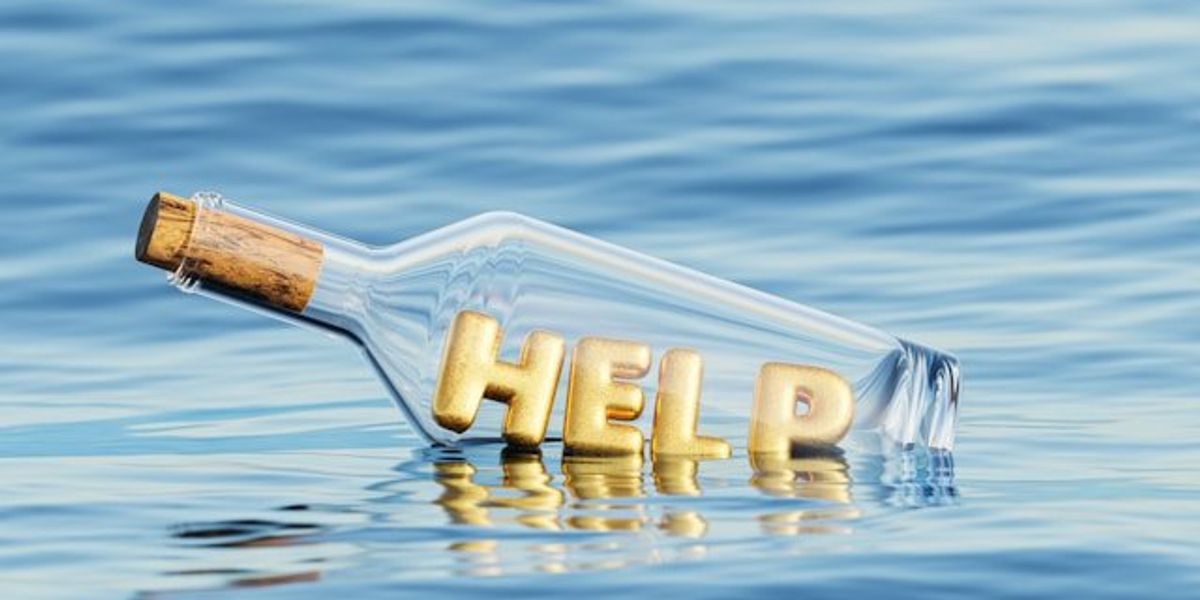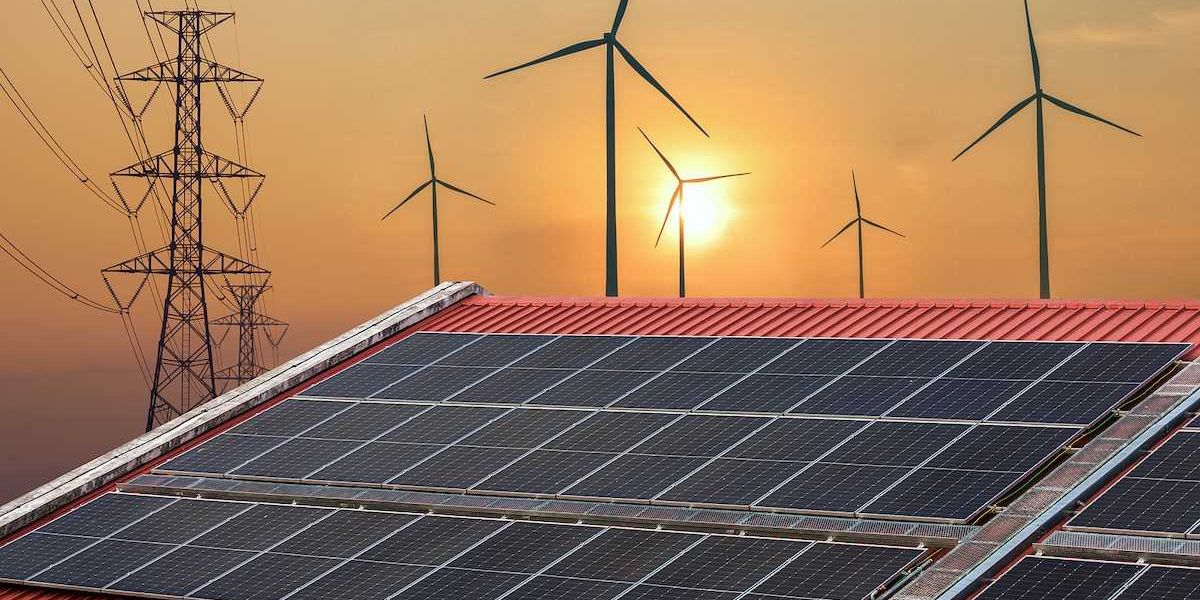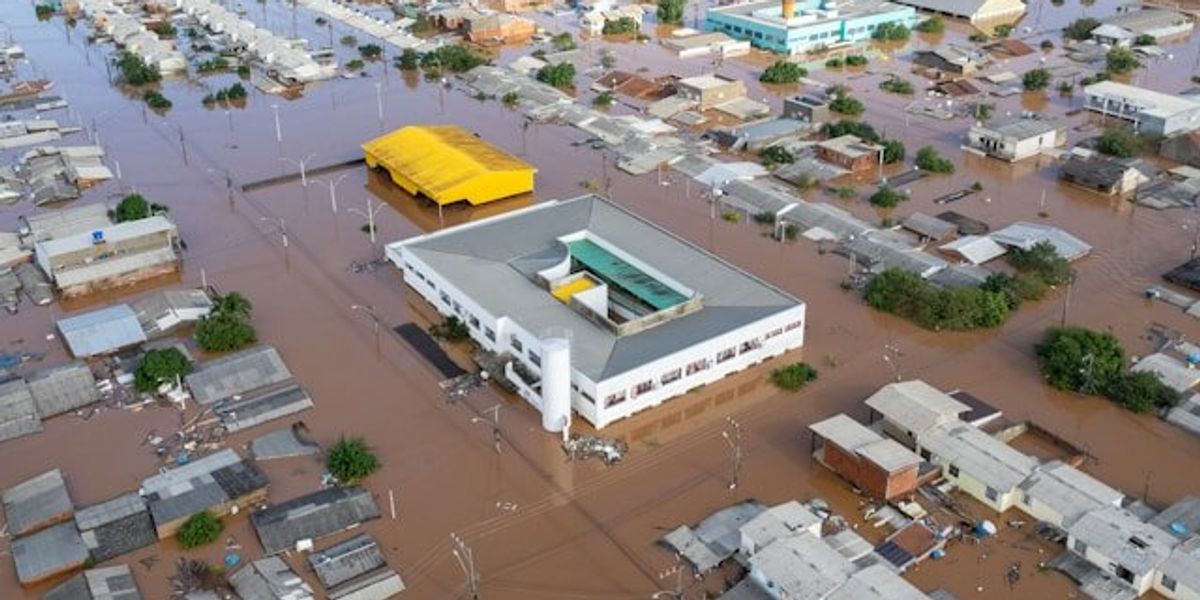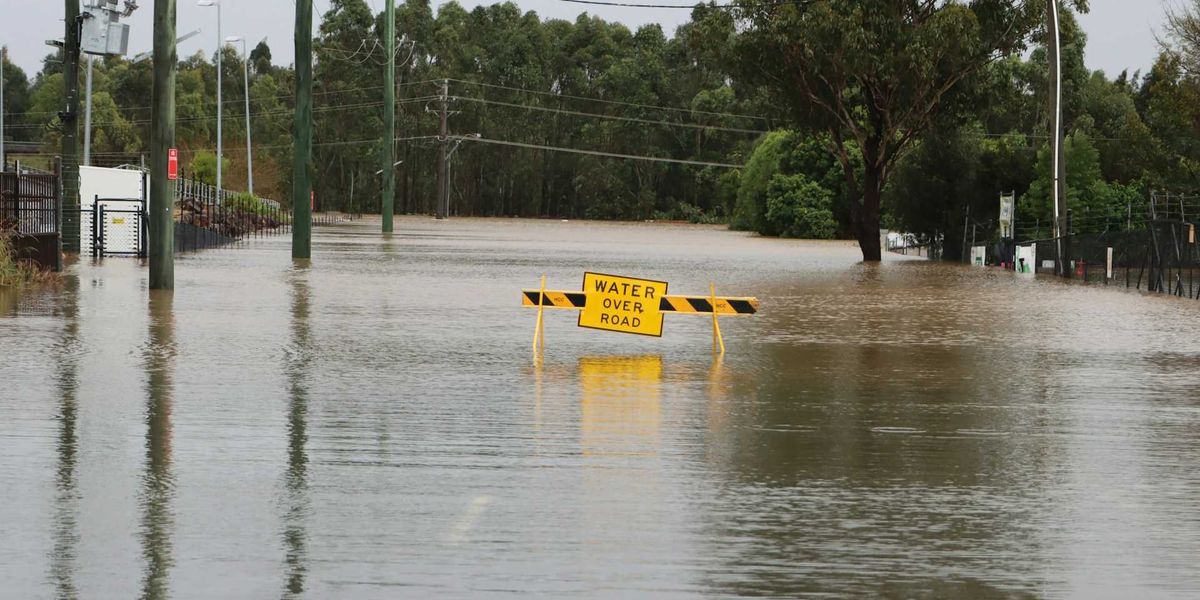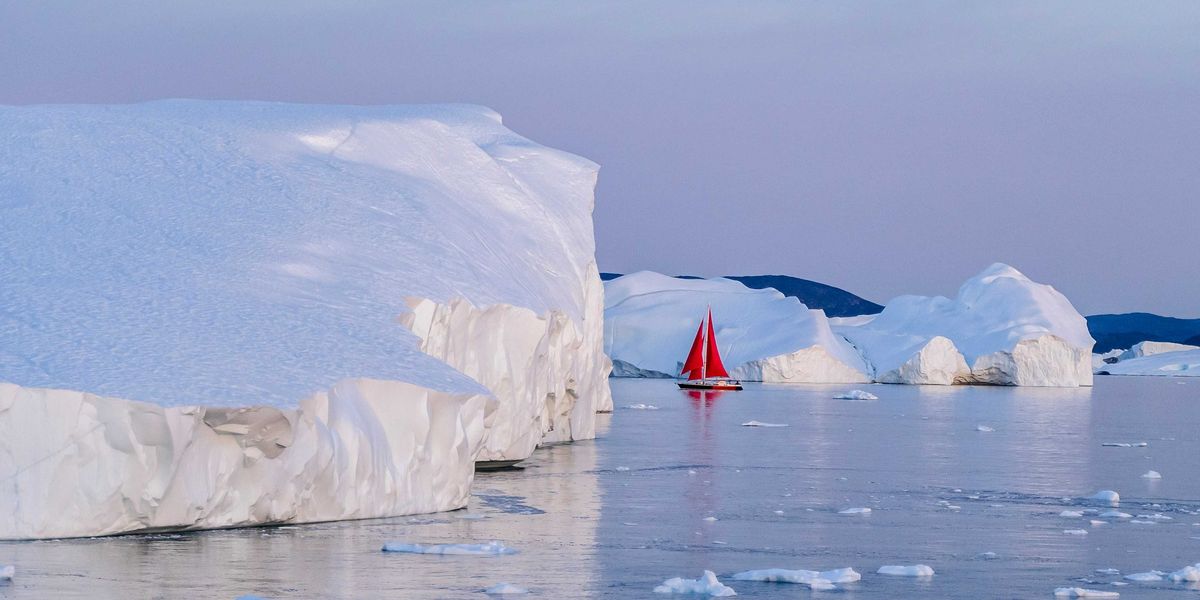
Frequently asked questions on the new sperm count decline study
Sperm counts are declining everywhere — the implications are huge.
What is happening with sperm counts?
This study shows, for the first time, that sperm counts are declining everywhere, not only in North America, Europe, Australia and New Zealand, which was shown previously, but also in South America, Asia and Africa. This new analysis found that sperm count globally dropped by more than 50% between 1973 and 2018, and that the decline is accelerating: Since 1972, sperm count has dropped by about 1% each year. Since 2000, the annual decrease has been, on average, more than 2.6%.
What do lower sperm counts this mean for our health?
This accelerated decrease in global sperm counts means more people will need to use assisted reproduction to get pregnant. These findings imply more than decreased fertility; lower sperm counts are linked to more disease later in life (cardiovascular disease, diabetes and reproductive cancers) and a shorter life expectancy.
Why are sperm counts declining?
The decline is too rapid to be due to genetic causes alone. Some risk factors for lower sperm counts have to do with lifestyle; smoking, obesity, stress and binge drinking. In addition, environmental chemicals — particularly those that can alter the body’s hormones called endocrine disrupting chemicals (pesticides, phthalates, BPA, PFAS chemicals and others) — have been shown to reduce sperm counts and quality and are likely contributing to this decline.
What can be done about lower sperm counts?
While scientists continue to tease out the causes, men should avoid smoking, a sedentary lifestyle, excessive weight gain, drug and alcohol abuse, and potentially toxic chemicals. This means buying organic food when possible or washing fruits and vegetables that may have pesticide residues. Another good idea is avoiding plastics in food contact materials and personal care and household products that contain phthalates and other endocrine-disrupting compounds.
Read more about the new study: A new analysis shows a “crisis” of male reproductive health
Watch Dr. Shanna Swan discuss the work and implications
